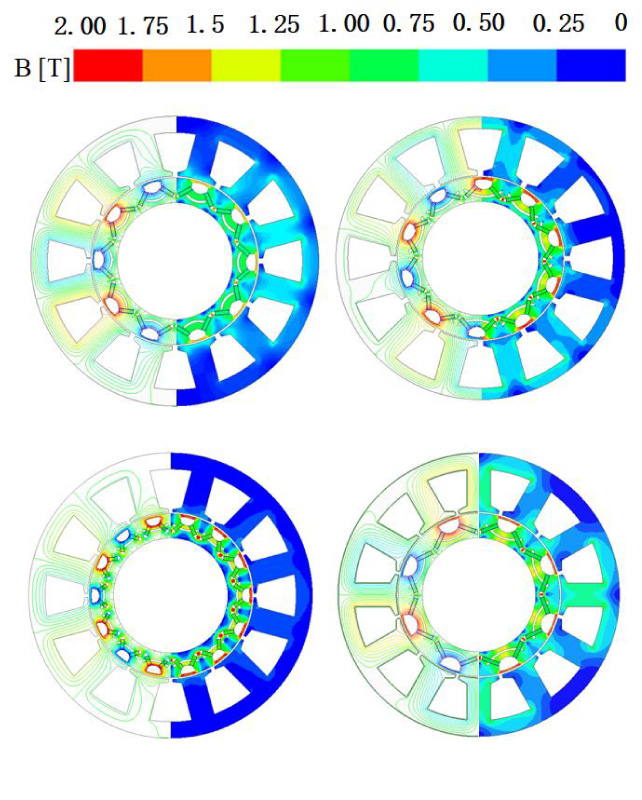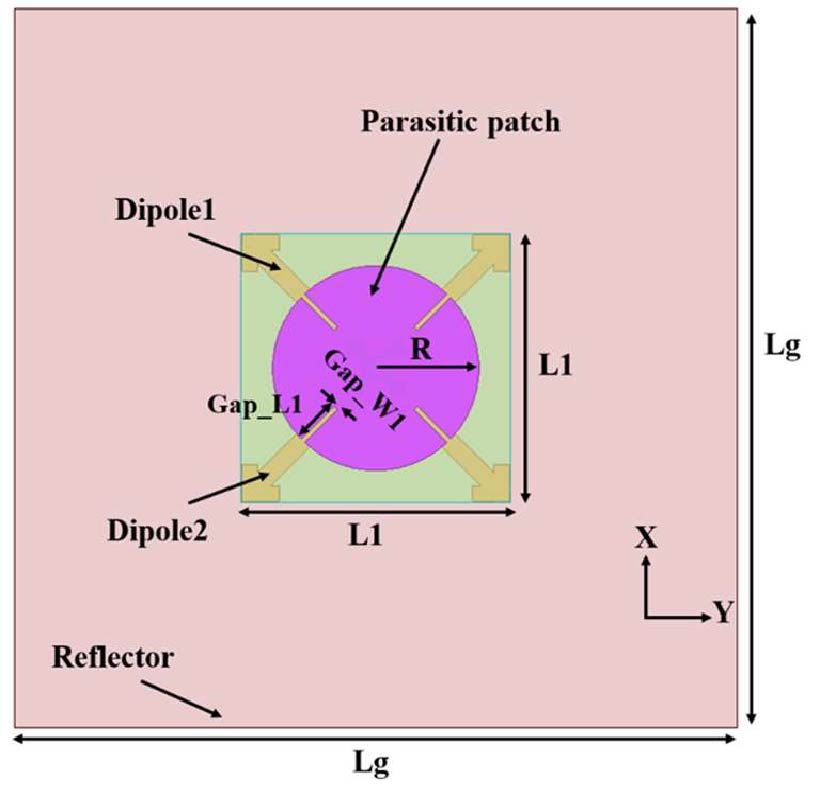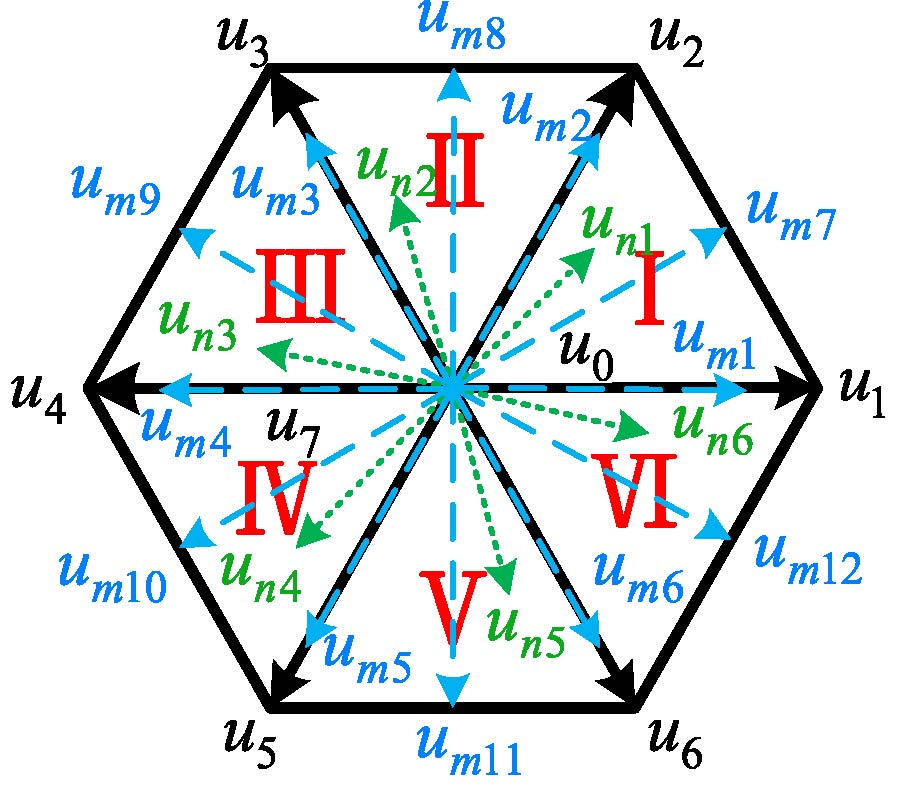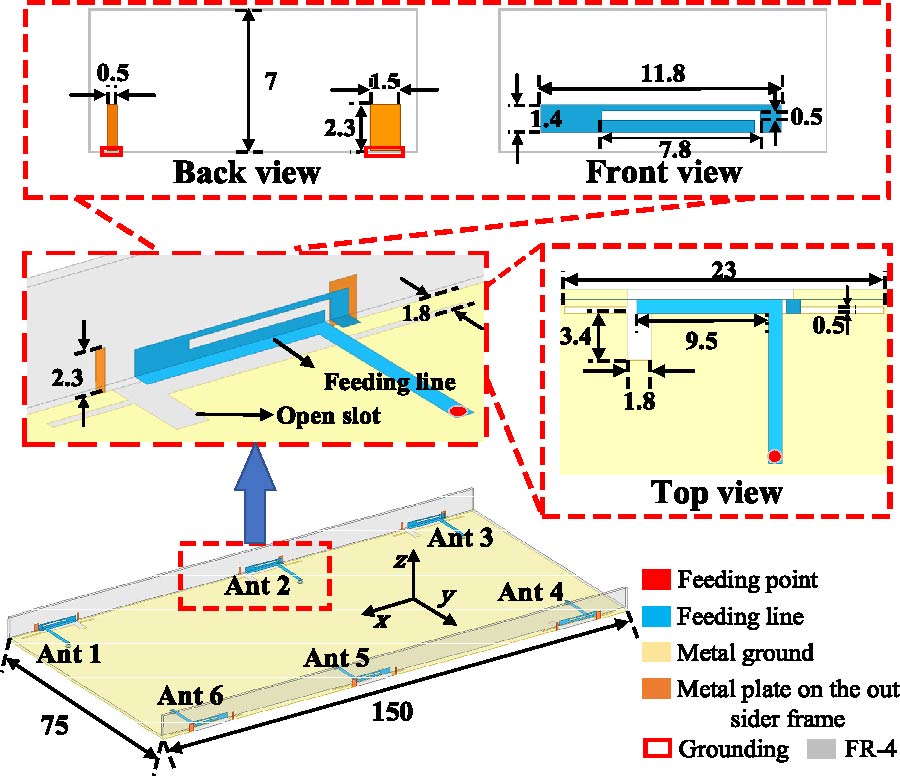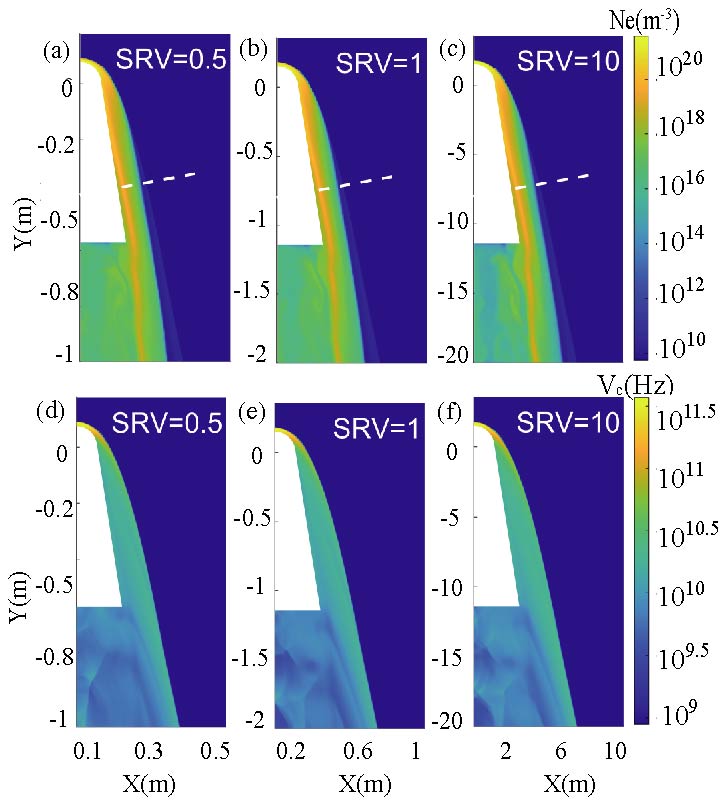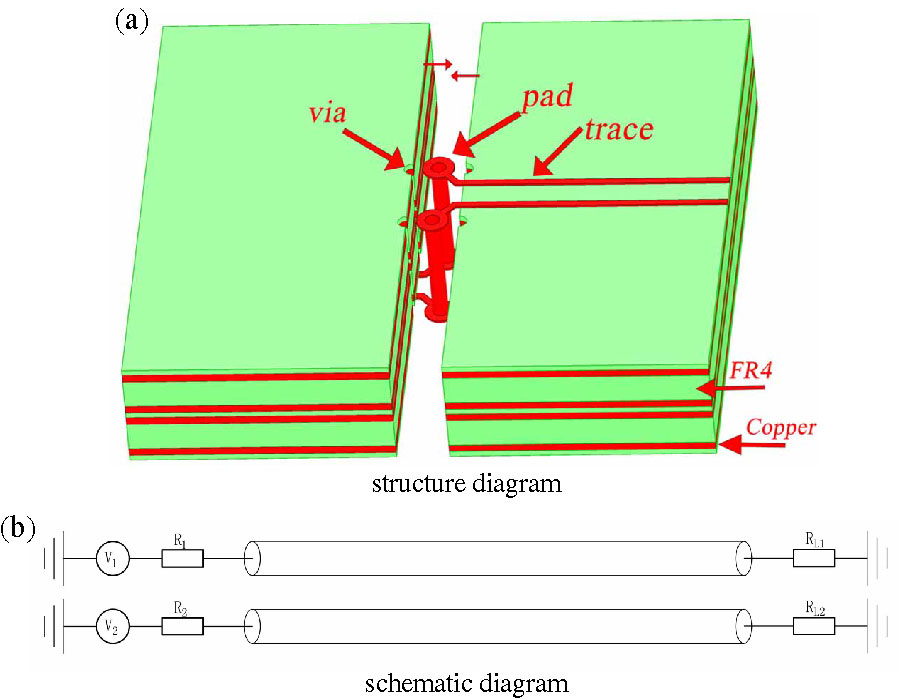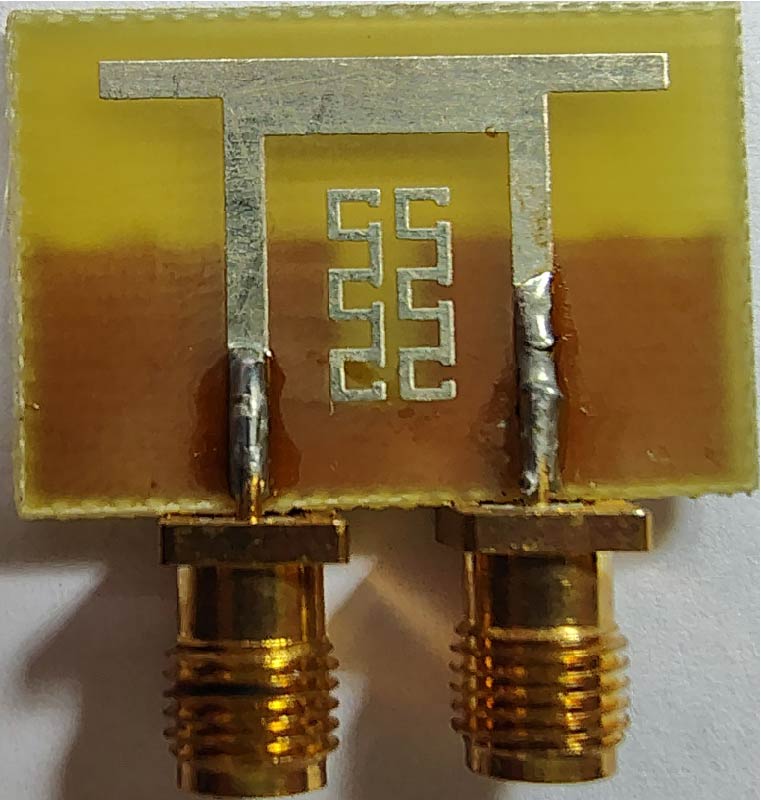A Terahertz Signal Transmission in Plasma Sheath with Different Vehicle Size
Zhikang Chu
,
Mingyang Mao
,
Jiawei Xiong
,
Ziyang Zhao
,
Rongxin Tang
and
Kai Yuan
Communication blackout is a serious threat to aerospace engineering. Over the past decade, the terahertz (THz) technology has been considered an effective solution to the blackout problem. However, it is currently unclear that how the size of the vehicle affects the conditions of the THz communication channel within the plasma sheath. In this study, a numerical hypersonic hydradynamical model is introduced to investigate the relationship between THz signal attenuation in the plasma sheaths and the size of the vehicle. The analysis shows that the size of the vehicle significantly influences the structure of the plasma sheath. The thickness of the plasma sheath increases linearly with the size of the vehicle. The maximum electron density in smaller vehicles shows unstable fluctuations, attributed to variations in size causing changes in the flow velocity and mass density, resulting in the variation of pressure distribution. Additionally, with the increase of plasma sheath thickness, the attenuation coefficient of THz signals increases linearly. Therefore, for the vehicles of large sizes, the designs that minimize the thickness of the plasma sheath, such as shaped configurations, are helpful to mitigate the communication blackout.
